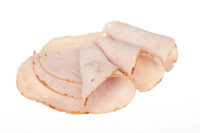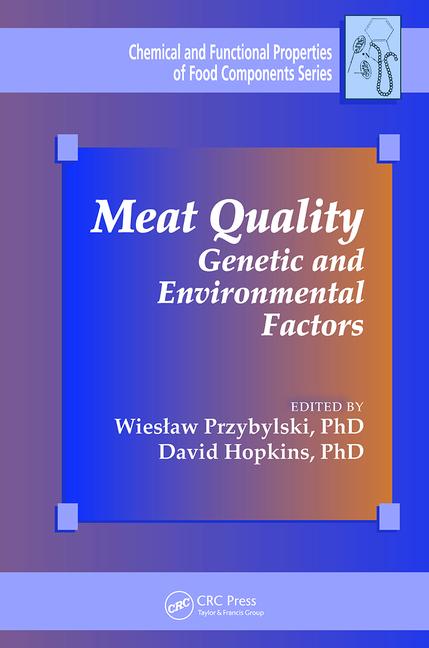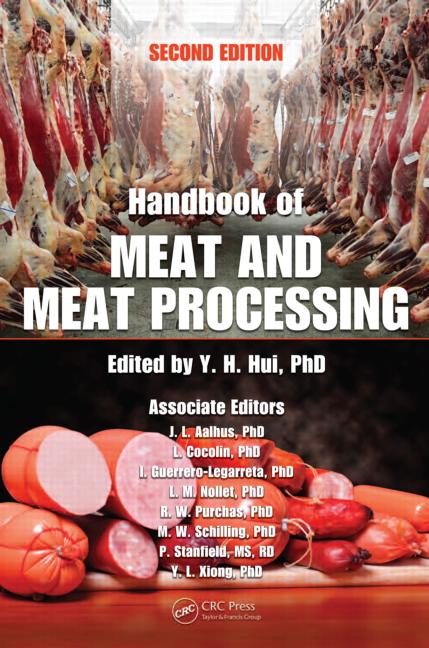Processing Tech
Storage conditions can impact frozen-meat quality

A lot of emphasis is put on the need for rapid freezing to maximize the quality of frozen meat. It is well understood that rapid freezing of meat produces smaller ice crystals than slow freezing, therefore causing less damage to the meat. However, the storage conditions of frozen meat may be just as important as the freezing rate and, perhaps more important, in determining the ultimate quality of frozen meat.
Meat starts to freeze at 26-28 degrees F, but traditionally has been considered to be frozen when the core temperature reaches 0 degrees. This target temperature may originate from Clarence Birdseye’s work in the 1920s, which may need to be reassessed. Rapid freezing is only possible in relatively thin pieces of meat (patties, links, chicken breasts, etc.) using cryogenic methods. One definition of rapid freezing for meat is freezing rates of between 0.5 cm/hr and 3.0 cm/hr (3/6 in/hr to 1 3/6 in/hr).
Slow freezing causes water between the muscle cells to freeze first, resulting in large ice crystals, which tear into the muscle cell walls as they grow. Some moisture also moves from within the muscle cells to the spaces between the cells during slow freezing. Upon thawing, the damaged cell walls allow purge to be released more easily from the meat and moisture lost from the muscle cells is not re-absorbed into the cell upon thawing. This results in a drier product, from both the release of purge during thawing, but also a decrease in water-holding capacity of the thawed meat during cooking. It also appears that there is a reduction in solubility of myofibrillar proteins with slower freezing rates, possibly due to a reduction in meat pH with slower freezing rates. There is a temperature zone of maximum ice crystal formation, which is approximately 20 to 31 degrees. The longer meat stays in this temperature zone during the freezing process, the larger the ice crystals will be.
Thermal Processing of
|
Rapid freezing will occur on the surface of individually packaged primal cuts or muscles, which should keep the large ice crystal damage to the muscle in the center of the cut, reducing the amount of purge that is lost during thawing. This same surface freezing concept would not be possible with packages that contain multiple pieces of meat.
Even if meat products are rapidly frozen to minimize ice crystal size, the storage temperature after the freezing process can cause the small ice crystals to change to large ice crystals. Once frozen, traditional thinking has been that frozen meat needs to be stored at 0 degrees or colder to minimize quality loss over time. At warmer storage temperatures, the small ice crystals can melt and slowly refreeze to produce the large ice crystals that damage the internal structure of the meat. At the other extreme, there is evidence that storing meat at extremely cold temperatures (e.g., minus-30 degrees and colder) can cause protein denaturation. Therefore, consistent, low freezer temperatures are necessary to preserve the quality of properly frozen meat products.
Lastly, frozen storage time has been shown by some researchers to have more effect on frozen meat quality than either freezing rate or storage temperature. And thawing rate has been shown to be important to the water-holding capacity of tempered meat, but these are issues for another day.
Looking for a reprint of this article?
From high-res PDFs to custom plaques, order your copy today!









